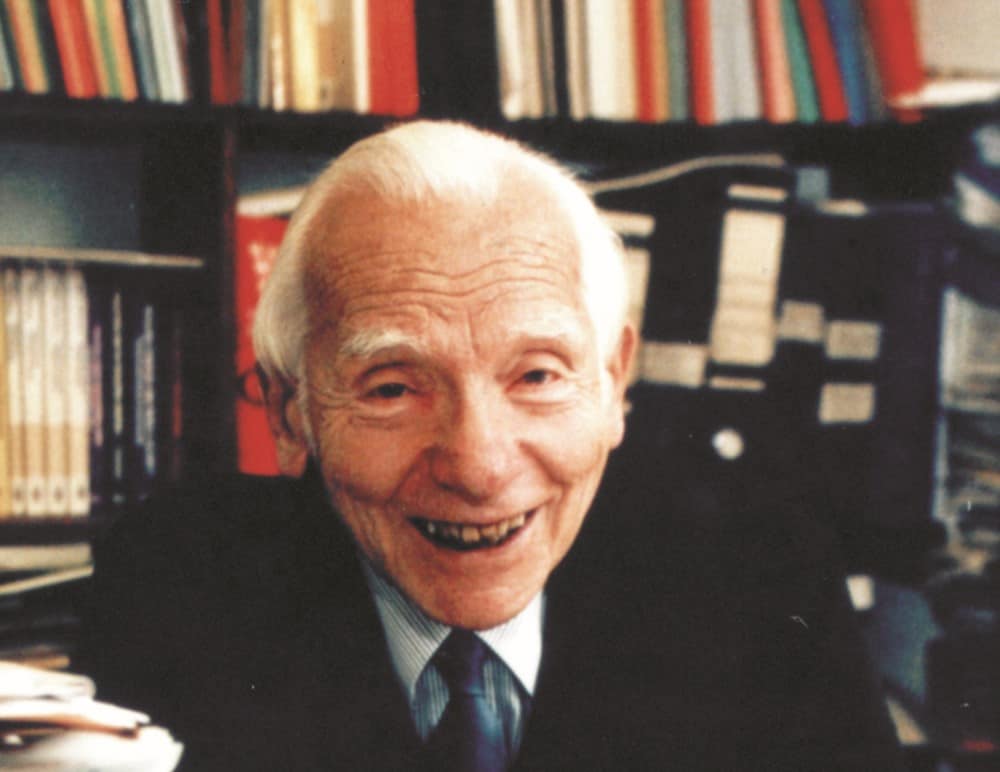With the 2022 Nobel prizes due to be announced, Physics World editors looks at the physicists who’ve won prizes in fields other than their own. Michael Banks examines how Joseph Rotblat bagged the Nobel Peace Prize

Physics has an uneasy relationship with nuclear weapons. During the Second World War many physicists worked on the Manhattan Project that had the aim to create the first atomic bomb. The plan was to develop the bomb before Hitler and the Nazis did, but many physicists wrestled with their conscience in doing so, knowing they were developing a weapon that had devastating consequences.
One of those who grew sceptical of such efforts was the Polish-British nuclear physicist Joseph Rotblat. He was born on 4 November 1908 to a Jewish family in Poland and would later become assistant director of the Atomic Physics Institute of the Free University of Poland in 1937.
When war broke out in 1939, Rotblat was in the UK and he soon realized that he could make a contribution to the development of the atomic bomb. In 1944 he then joined the Manhattan Project, doing so in part because he believed that if the Allies developed their own atomic bomb it could stop Hitler.
Yet after less than a year in the project, after seeing at first-hand how difficult it was proving to make a bomb, Rotblat resigned. He convinced himself that the Nazis had no chance of building their own device. In his mind, work on a nuclear bomb was, from then onwards, no longer purely a defensive act.
Highlighting the dangers
Upon returning to the UK, Rotblat devoted his scientific career to studying the effects of radiation on living organisms. In 1949, he moved to St Bartholomew’s Hospital, London — a teaching hospital associated with the University of London — where he remained for the rest of his career.
He also led efforts to communicate the perils of atomic weapons. In 1955 Rotblat joined forces with Albert Einstein, Bertrand Russell and others to issue the Russell–Einstein Manifesto that alerted world leaders to the dangers of nuclear weapons and warfare. This led to the founding in 1957 of the Pugwash Conferences on Science and World Affairs.
For this pioneering endeavour, Rotblat and Pugwash shared the 1995 Nobel Peace Prize “for their efforts to diminish the part played by nuclear arms in international politics and, in the longer run, to eliminate such arms.”
Writing for Physics World in 1999 just a few year before his death in 2005 aged 96, Rotblat noted how he believed that the scientific community could make a direct contribution towards the elimination of nuclear weapons or other weapons of mass destruction.
“Nuclear weapons cannot be disinvented; we cannot erase from our memories the knowledge of how to make them,” he wrote. “Ultimately we have to tackle the seemingly Utopian concept of a war-free world…This is truly a task fit for the next century.”
